✪✪✪✪✪ http://www.theaudiopedia.com ✪✪✪✪✪ ACNE TREATMENT PRODUCT RECOMMENDATIONS: ✪✪✪✪✪ SkinMedica Purifying Foaming Wash, 5 oz. BUY NOW – https://amzn.to/2TcR76Q ✪✪✪✪✪ Clear Skin Advanced Vitamin Pack for Acne – 60 Day Supply of Vitamins for Acne. BUY NOW – https://amzn.to/2W8ZrGl ✪✪✪✪✪ SkinMedica Acne System. BUY NOW – https://amzn.to/2Drk5Kr ✪✪✪✪✪ Paula’s Choice CLEAR Regular Strength Acne Kit. BUY NOW – https://amzn.to/2MqNMyi ✪✪✪✪✪ Carapex Natural Acne Treatment Set, for Teens, Adults, Men and Women, with Tea Tree & Rosehip Oil. BUY NOW – https://amzn.to/2MucKNq What is ACNE VULGARIS? What does ACNE VULGARIS mean? ACNE VULGARIS meaning – ACNE VULGARIS definition – ACNE VULGARIS explanation. Source: Wikipedia.org article, adapted under https://creativecommons.org/licenses/by-sa/3.0/ license. Acne vulgaris, also known as acne, is a long-term skin disease that occurs when hair follicles are clogged with dead skin cells and oil from the skin. Acne is characterized by areas of blackheads or whiteheads, pimples, greasy skin, and possible scarring. The resulting appearance can lead to anxiety, reduced self-esteem and, in extreme cases, depression or thoughts of suicide. Genetics is thought to be the cause of acne in 80% of cases. The role of diet and cigarette smoking is unclear and neither cleanliness nor sunlight appear to be involved. Acne primarily affects areas of skin with a relatively high number of oil glands, including the face, upper part of the chest, and back. During puberty, in both sexes, acne is often brought on by an increase in hormones such as testosterone. Excessive growth of the bacterium Propionibacterium acnes, which is normally present on the skin, is often involved. Many treatment options for acne are available, including lifestyle changes, medications, and medical procedures. Eating fewer simple carbohydrates (sugar) may help. Treatments applied directly to the affected skin, such as azelaic acid, benzoyl peroxide, and salicylic acid, are commonly used. Antibiotics and retinoids are available in formulations that are applied to the skin and taken by mouth for the treatment of acne. However, resistance to antibiotics may develop as a result of antibiotic therapy. Several types of birth control pills help against acne in women. Isotretinoin pills are usually reserved for severe acne due to greater potential side effects. Early and aggressive treatment of acne is advocated by some to lessen the overall long-term impact to individuals. In 2013, acne was estimated to affect 660 million people globally, making it the 8th most common disease worldwide. Acne commonly occurs in adolescence and affects an estimated 80–90% of teenagers in the Western world. Lower rates are reported in some rural societies. Children and adults may also be affected before and after puberty. Although acne becomes less common in adulthood, it persists in nearly half of people into their twenties and thirties and a smaller group continue to have difficulties into their forties.

What is ACNE VULGARIS? What does ACNE VULGARIS mean? ACNE VULGARIS meaning & explanation
- Post author:
- Post published:May 22, 2021
- Post category:Uncategorized
- Post comments:0 Comments
You Might Also Like
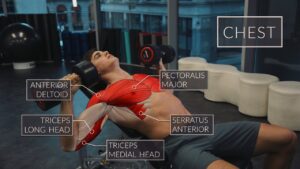
Exercise Anatomy: Chest Workout | Pietro Boselli

Triglyceride Catabolism

How to do a donkey kick/ fire hydrant variation (cycling core exercises demo)

Understanding the Heart Attack, Causes and Symptoms| Dr. Priti Singhania ( Hindi )
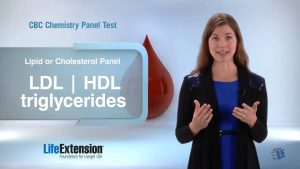
Chemistry CBC Blood Test | Life Extension

Study: supplements lead to increase in liver damage

OUTER Bicep Split | Seated Dumbbell Curls| Rob Riches

SIZE 8 – Pre Workout Drink (NO SUPPLEMENT) | Pure Vegetarian Muscle Building Program by Guru Mann
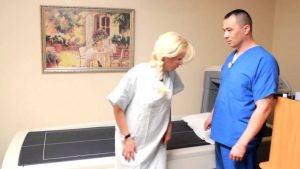
What Is a Bone Density Scan?

Fitnessgalan with BMR and Ironman Magazine. And jeff seid interview

Can you have sex during pregnancy?

Best Vegetables For Weight Loss, Healthiest Vegetables List
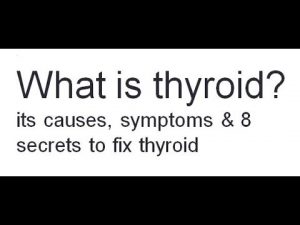
What is thyroid? its causes, symptoms & 8 secrets to fix thyroid.

Spa Mineral Video – 3

ANTIOXIDANTS: THE BASICS | Nutrition 101 Ep. 4

The 3 Myths of Building Muscles – Dr.Berg & Thomas DeLauer’s Joint Video

What should one have during severe Diarrhea? – Ms. Sushma Jaiswal
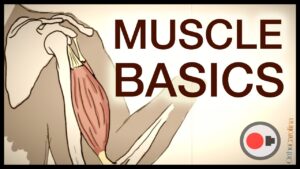
Muscle Basics: What Athletes Need to Know About the Muscular System

Concentration Curl: Seated vs Standing
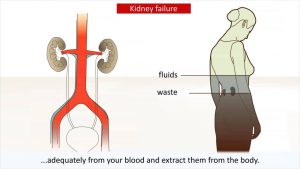
Kidney disease – Causes and treatment of kidney failure

What Happens To Your Body When You Stop Exercising | The Human Body

How to Do Back Extensions

Exercises for Lower Back Extension Based Pain

The Best Science-Based Leg Workout for Growth (Glutes/Quads/Hams)

Yoga Industry And Advantages Video – 2
![Read more about the article What Is Creatine | Benefits, side effects And Dosage Of Creatine Monohydrate [ hindi ]](https://videos.drmaheshkumar.com/wp-content/uploads/2021/05/What-Is-Creatine-Benefits-side-effects-And-Dosage-Of-Creatine-Monohydrate-hindi--300x169.jpg)
What Is Creatine | Benefits, side effects And Dosage Of Creatine Monohydrate [ hindi ]
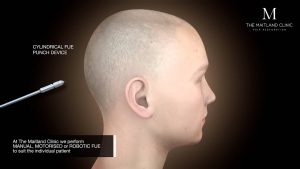
FUE Animation- The Maitland Clinic

Try This Rear Delt Exercise Next Shoulder Day

5 Foods High in Omega 3

BICEP EXERCISES FOR STRENGTH & DEFINITION
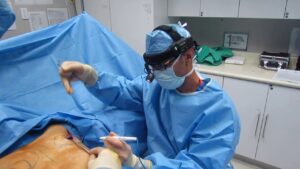
Sex Change Surgeries Video – 3

Unhealthy Food To Avoid When Trying To Lose Weight, Junk Food List
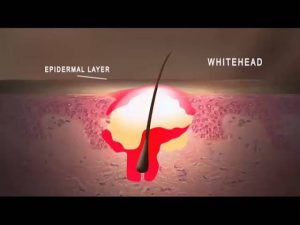
Pimple and cyst explosion medical What is acne

Hyperextension With ball-6

Defined Fitness Farmington NM – Complete Gym Tour

Run faster in one week! DO THIS!!!

Extraction of minerals

What is Nutrition | Explained in 2 min

Top 10 Resistance Band Exercises (You can do anywhere)
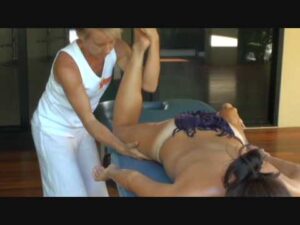
Lomy Lomy Massage Video – 1

Lower Back Hyper-extensions

